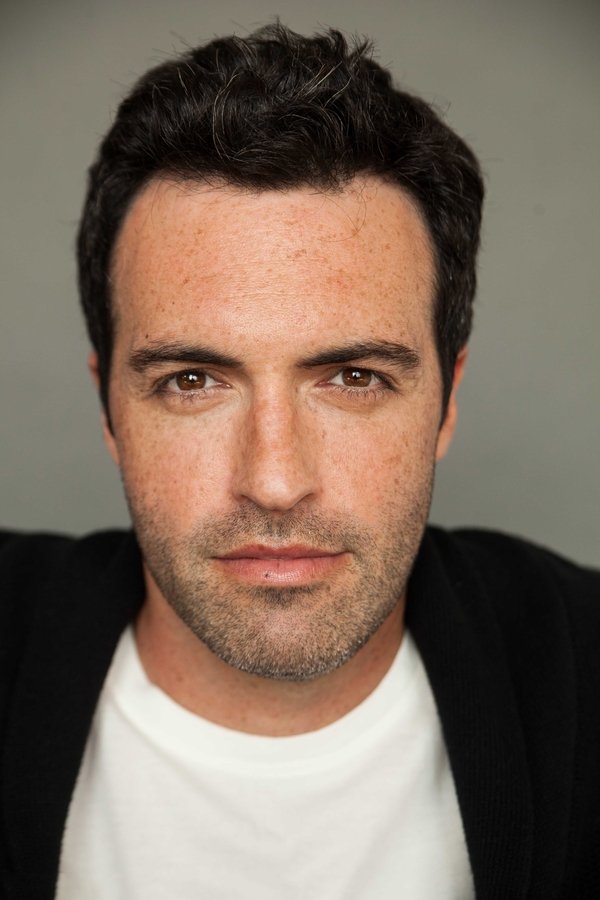After two months of refusing to see this movie, I have decided that it’s finally Morbin’ time.
In response to the recent onslaught of Morbius memes online, Sony made the hilarious mistake of re-releasing Morbius in theaters last weekend. As anyone with a sense of sarcasm could predict, it bombed at the box office. But this little stunt finally convinced me to watch the movie, if only to laugh at it. And I did laugh—at the terrible script, at the crazy VFX, and at Matt Smith’s quirky dance moves. But something else happened that I didn’t expect—I was surprised by the movie. I was surprised by the queer allegory.
Now, if I had a nickel for each time a Sonyverse Spider-Man villain movie was turned into a queer allegory, I’d have two nickels. That’s not a lot, but it’s weird that it happened twice. I’m referring to Sony’s Venom: Let There Be Carnage. Interestingly, the movie leans heavily into the queerness of Eddie and Venom’s relationship. Whether accidentally or not, Sony has done the same thing with Morbius, but between the protagonist Michael and antagonist Lucien/Milo.
Five minutes into the movie, a young Michael Morbius meets young Lucien. Both are patients with a debilitating blood disease. They become instant friends, and Michael even renames Lucien Milo—a name he keeps. Then, Michael goes off to find a cure for them.
Once the two are back onscreen together as adults, the homoerotic undertones are undeniable. Milo is obviously queer-coded, arguably stereotypically. Every moment he’s onscreen he’s wearing outlandish patterns or great styles; he’s swaggering with and without the cane; he’s surrounded by bright colors, and he has a lavish lifestyle. Though the script throws in words like “friend” and “brother” to cover it up, there’s an underlying romantic tension between them (though it mostly comes from Matt Smith’s acting) and a physical affection that continues through most of the movie.






















